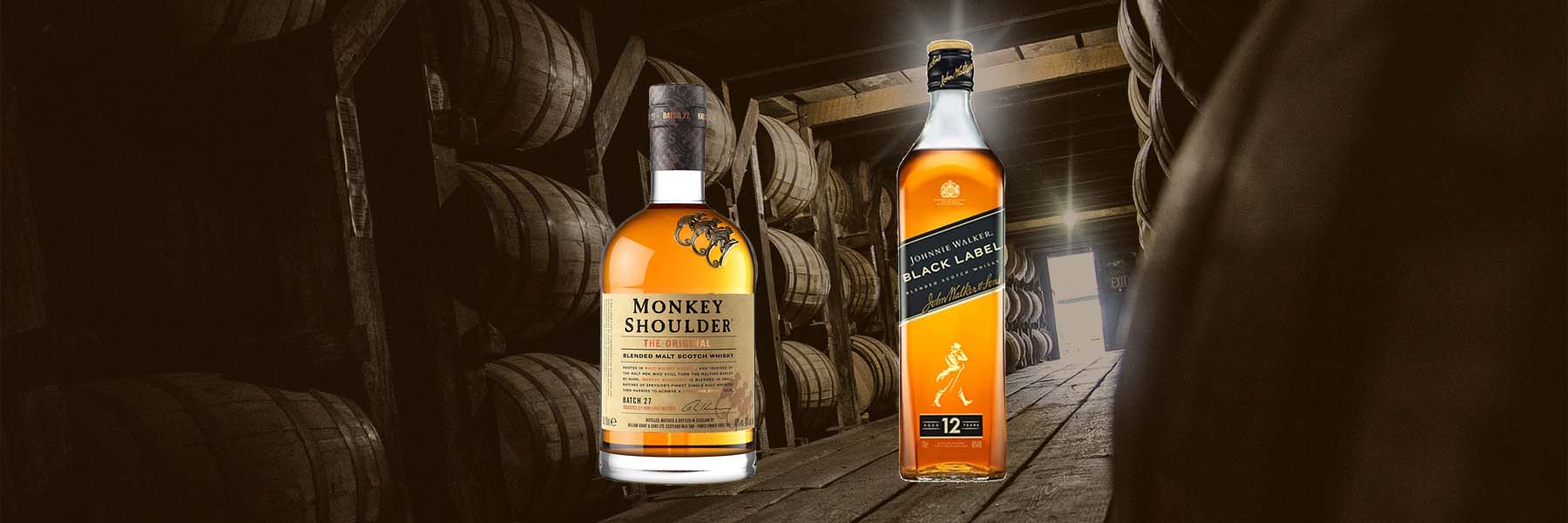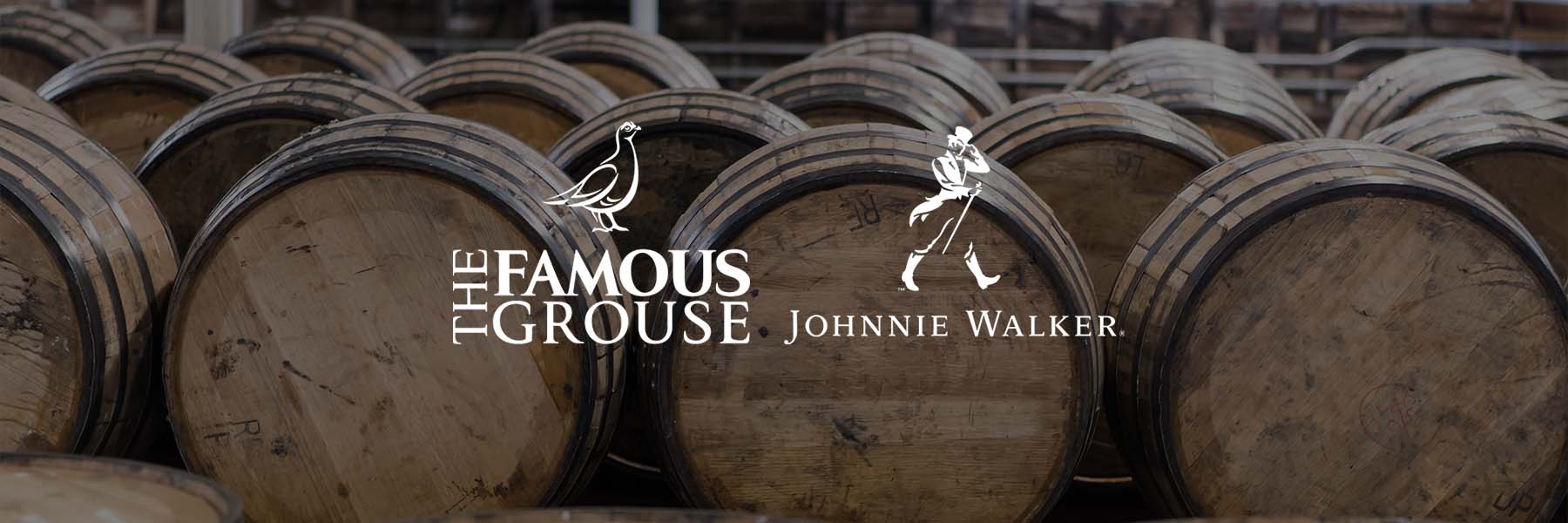What is single grain Scotch whisky?
A whisky made by a single Scottish distillery using fermented cereal grains such as rye, maize, oats, wheat, millet or un-malted barley with a small proportion of malted barley. It must be aged for a minimum of three years and one day in oak casks. Single grain whiskies are typically distilled using column stills as opposed to traditional pot stills, yielding a higher ABV% with less esters than single malt whiskies.
‘Single grain’ and ‘grain’ Scotch whisky are identical in that they’re column distilled using grains other than malted barley. The use of ‘single’ merely denotes the whisky was made in a single Scottish distillery instead of multiple distilleries.
Let’s take a closer look at how single grain Scotch whisky is made and how it differs from the other types of Scotch whisky.
What does single grain mean in whisky?
The classification of single grain denotes two main factors. ‘Single’ means the whisky came from a single distillery. ‘Grain’ means the primary cereal grain (or mixture of grains) used to make it may include oats, wheat, rye, maize, millet or un-malted barley.
‘Grain’ is a simply collective term for any of these cereal grains with the sole exclusion of malted barley. This is becuase whiskies made using 100% malted barley have their own classification as malt whisky or single malt whisky.
It’s a common misconception that ‘single grain’ whiskies use just one type of cereal grain. This is rarely the case as multiple grains can be used in combinations with each other. For example, rye and maize or wheat and oats.
Interestingly, whisky made with un-malted barley is still classified as grain whisky. And if you want to get really technical, column distilled whisky made from 100% malted barely is also classified as a grain whisky too. This is becuase it doesn’t meet the requirements for single malt Scotch via the use of a column still instead of a pot still.
What is the difference between single malt and single grain scotch?
Single malt whiskies are made with post stills using only 100% malted barley. Single grain whiskies are made with column stills using alternative cereal grains such as maize, wheat, rye, oats, millet or un-malted barley. As defined by the Scottish government, either type of whisky must be matured in oak casks for a minimum of three years and one day.
In case you’re wondering, pot stills are the traditional bulbous-shaped copper vessels used to make single malt whisky – most commonly seen in Scotland, Ireland and increasingly, Japan. There are some American distilleries that use pot stills such as Woodford Reserve.
Column stills are far a more industrious distillation method used to make grain whiskies. Tall, tubular and able to operate continuously, they’re comparatively more efficient than pot stills which you can read about further below.
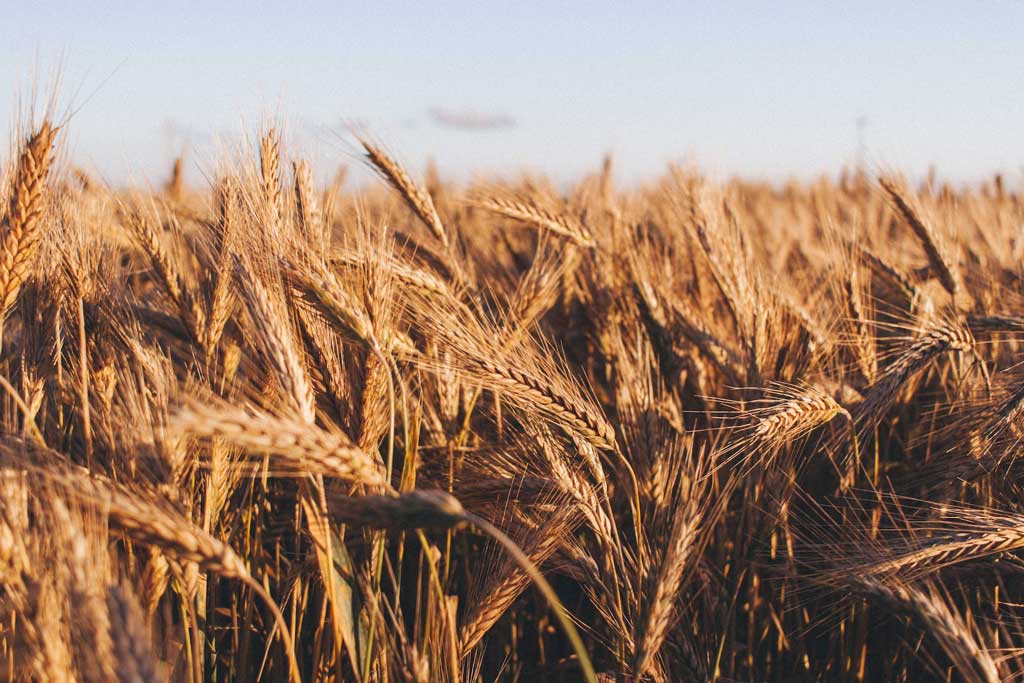
What is single grain scotch whisky made of
Single grain Scotch can be made of a cereal grain (or mixture of cereal grains) including rye, oats, wheat, millet, maize (corn) or un-malted barley. First, the grain/s are cooked to help extract their natural starches within.
Afterwards, the cooked grain/s are then added to a lauter tun (agitation tank) with hot water and a small portion of finely milled malted barley. This mash mixture is then churned with motorised paddles which produces a sugary porridge-like substance known as wort.
After straining out the grain/s solids, the wort is then added to a large tank called a ‘washback’. Distillers yeast is added which feeds on the sugars within the wort, fermenting it into a crude type of beer over a period of 2-5 days. With a strength of around 10% ABV, this basic alcohol known as wash can then be column distilled to purify it into high-strength ‘rectified spirit’.
To successfully ferment grain whiskies, a small portion of malted barley is required within the mash mixture. Usually between 10-20%, this addition helps to catalyse the fermentation process by converting the grains’ natural starches into sugars. An example grain whisky mash mixture may contain 50% wheat, 40% maize and 10% malted barley.
In America, a mash mixture is commonly called a mash bill or grain recipe which follows the same production principles mentioned earlier. There are of course specific mash bill ratios in order to make bourbon for example, which must contain a minimum of 51% corn.
Why is grain whisky cheaper?
Grain whisky is often cheaper than single malt Scotch due to the various differences in how each type of spirit is made. The difference in price isn’t a measure of quality but is more a result of;
- Ingredient costs
- Production methods
- Maturation times
1.) Grain whiskies made from cereal grains (other than malted barley) are generally cheaper to source. Depending on the recipe, these grains may be un-malted prior to distillation which further reduces raw-ingredient costs compared to malted barley.
Malting requires the process of ‘fooling’ a cereal grain into germination via steeping in water, letting it grow and then halting it’s growth via heating (kilning). Whether malting is outsourced to a commercial malting plant or done on-site (rare these days) this additional process adds cost to malted barley compared to un-malted cereals.
2.) Grain whiskies are also less expensive to distil as they’re usually made using column stills which operate on a continuous basis. Compared to traditional pot stills which operate on a batch-basis, column stills have a much faster output, less manual labour and larger yields. In terms of production, single grain whiskies are far more economical to produce which makes them cheaper than single malts.
3.) Lastly, single grain whiskies generally require shorter ageing than single malt whiskies as they’re generally very light, smooth and often sweet in character. Compared to single malts which benefit from longer maturation periods, grain whiskies generally reach maturity much more quickly. Despite the three year minimum cask ageing requirement, single grain whiskies are often aged for less time than single malts which avoid lengthier dunnage (storage) costs.
Accumulatively, single grain Scotch has numerous cost advantages over single malt Scotch which results in a faster turnaround – going from grain to bottle in less time with less expense. Single malts simply use more resources to maximise their flavour potential, as well as to meet the traditions and legal requirements as defined by the Scottish government.
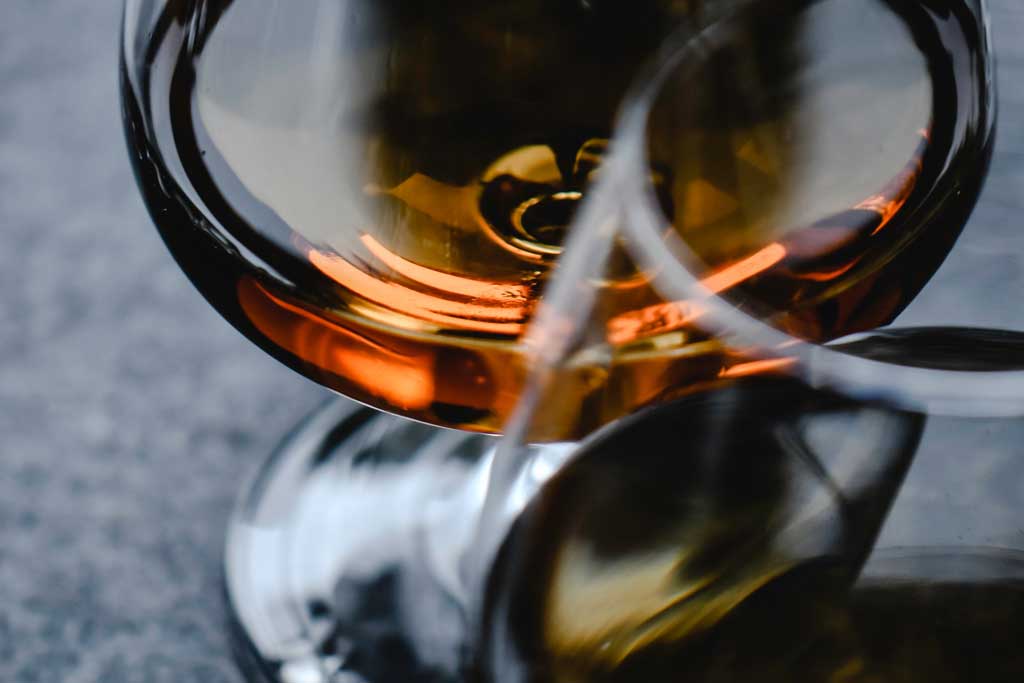
What does single grain whisky taste like?
Single grain whiskies are generally less intense in flavour than single malts and tend to be lighter in body with a softer texture. This is due to column distillation which produces very refined alcohol spirit – as well as the cereal grains used make them. Single grain whiskies are subsequently, softer and sweeter in taste than single malts which tend to more woody, nutty, spicy and (in some cases) peaty.
If you’re new to Scotch, it’s definitely worth exploring single grain whisky to see how different grains can influence the resultant flavour. Predominantly, grain whiskies are used for making Scotch blends, rather than being bottled on their own. Which is a shame, as their uniquely soft flavours are muddled and often used to ‘tame’ much more boisterous single malt/s depending on the blend being made.
Currently, single grain Scotch accounts for around 2% of the market making it easily overlooked as a whisky category. However, there are a mixture of old and new single grain Scotch brands you can try, some of which are limited edition expressions from new independent bottlers. Check our our top suggestions below.
8 Best single grain whisky bottles to buy
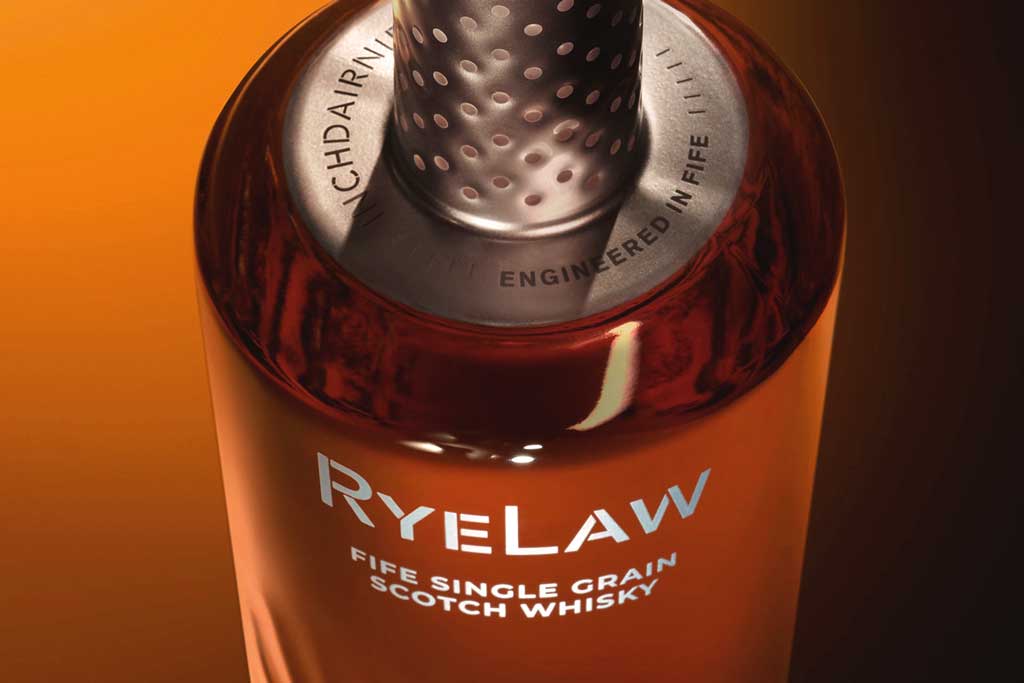
RyeLaw Fife Single Grain Scotch Whisky
Behold this inaugural release from InchDairnie, an truly innovative distillery located in Fife, Scotland. Made from a combination of malted rye (53%) and malted barley (47%), it’s hammer-milled grist is mashed and fermented using an unusual type of rye-specific yeast. After outdoor fermentation, the whisky is aged for 5 years in freshly charred American oak casks.
On the nose, RyeLaw wields layers of sweet vanilla and caramel combined with warm oak aromas and herbs. On the palate, there are flavours of black pepper, allspice, ginger and star anise with notes of sweet hay and apple crumble. Overall, this is an exceptionally unusual and flavoursome single grain Scotch that’ll delight whisky connoisseurs and novices alike.
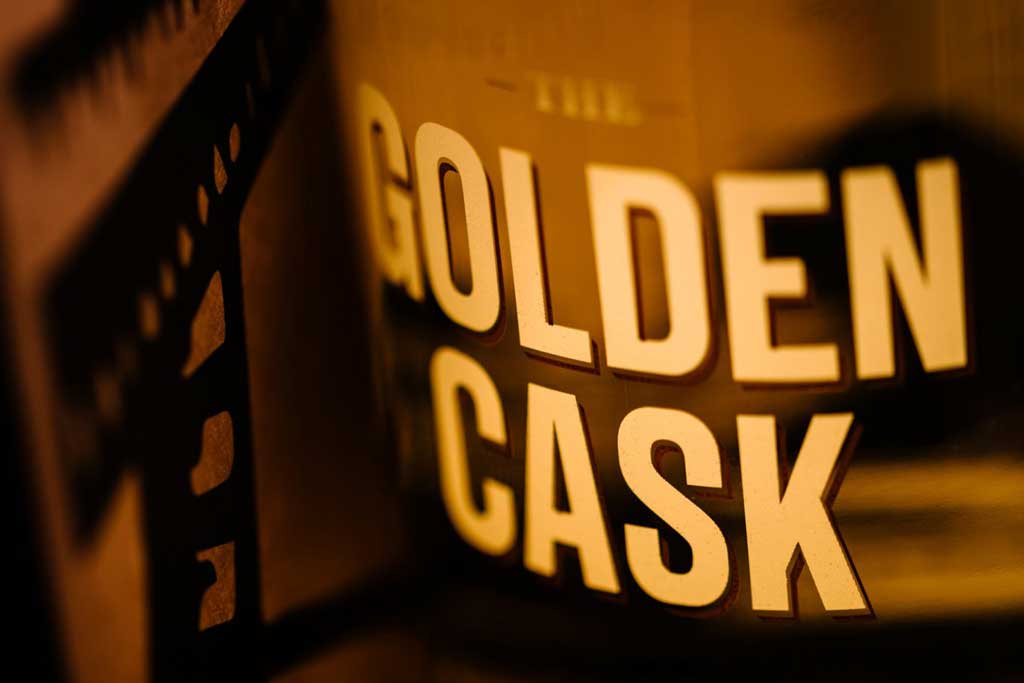
Girvan 14 Year Old – The Golden Cask
A splendid grain hailing from the Girvan Distillery in Scotland. This limited edition whisky was distilled in November 2006 and aged for 14 years before being bottled in October 2021, yielding just 167 bottles. Its mash uses barley, yeast and water from the local mineral springs in Girvan. The whisky is then matured in ex-bourbon casks for 14 years. On the nose, you can expect notes of buttery pastry, orange oil and custard cream biscuits. On the palate there’s honeyed oats, coconut flakes and vanilla with soft oak spices.
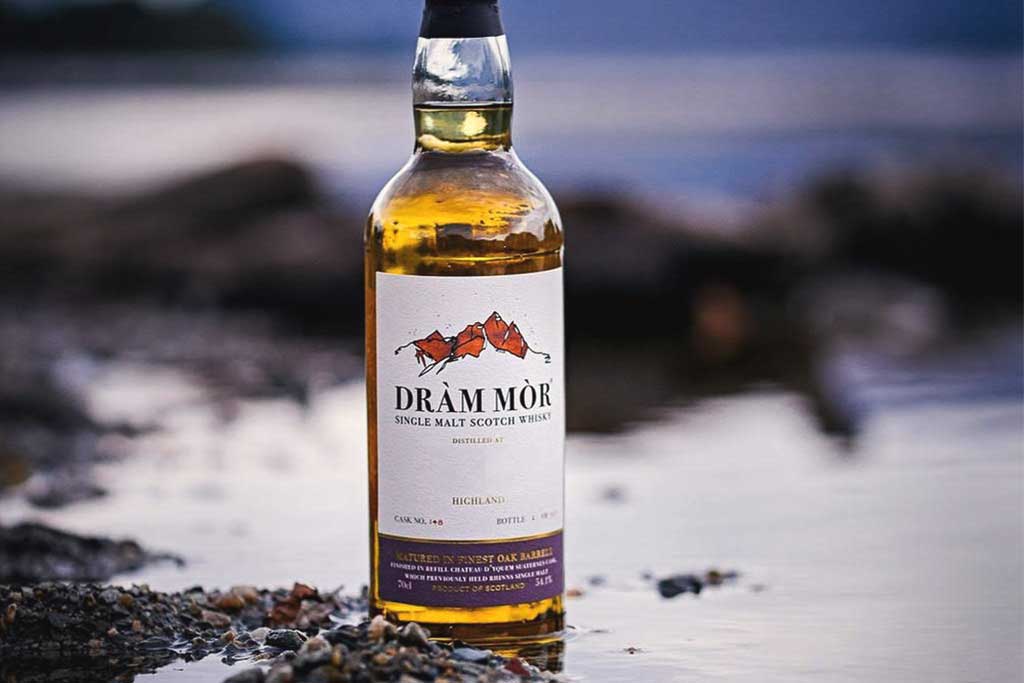
Dumbarton 20 Year Old – Dràm Mòr
This single grain Scotch was distilled at the former Dumbarton distillery (now closed). Produced by independent bottler Dràm Mòr, the whisky was aged for two decades in single refill bourbon hogshead casks. On the nose, you’ll find oaky vanilla, foam banana sweets and a hint of cinnamon that create an inviting aroma. On the palate you’ll get creme brûlée with white chocolate drops mingling with those same aromas from the nose. At 52% ABV, you’ll experience this single grain Scotch at flavourful but feisty cask strength.
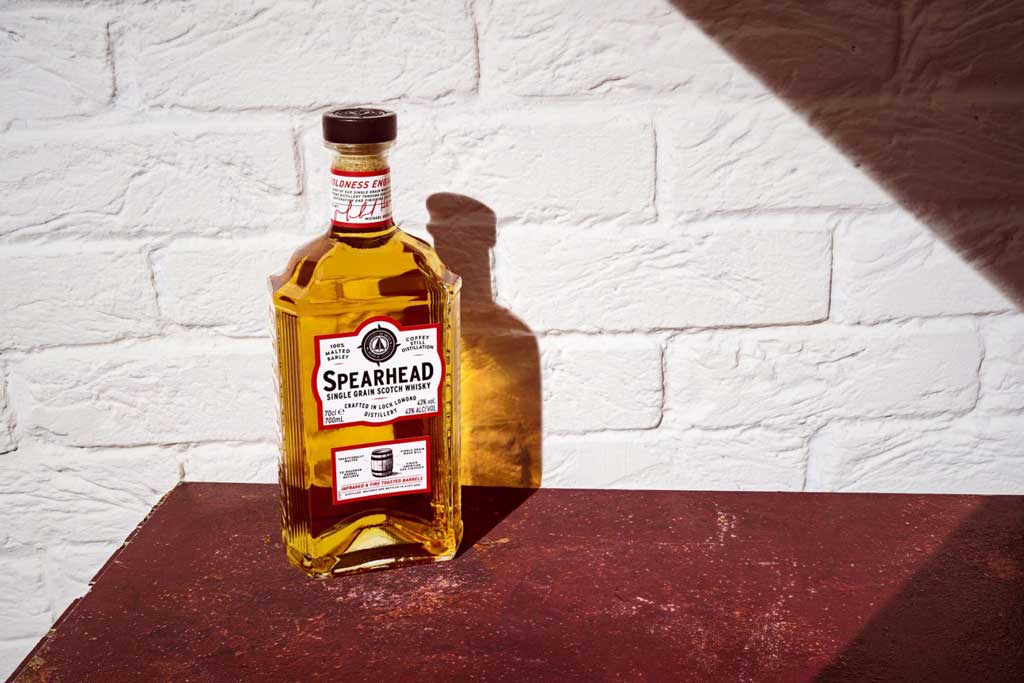
Spearhead Whisky
Possibly one of the most unusual single grain Scotches on the market, Spearhead single grain whisky is made from 100% malted barley and distilled in the Loch Lomond distillery’s column stills. This distillation method is what defines it as a grain whisky, as opposed to a single malt.
One of the intriguing aspects to Spearhead single grain is it’s maturation. It spends a minimum of three years in ex-bourbon casks before a 6 month finishing phase in traditionally charred or infrared charred casks. (The infrared aspect is certainly a unique method!)
On the palate you’ll experience sweet notes of red apple and pear with zesty lime, brown sugar and cassia joining in on the symphony of flavours. The finish shows off notes of toasted marshmallow, oak spice, and honey that linger long after your last sip.
Spearhead single grain Scotch whisky is truly something special and stands out among its peers with its unique taste profile and robust flavour characteristics derived from its careful production process – from fermentation through maturation – resulting in an exquisite spirit ready to be enjoyed!
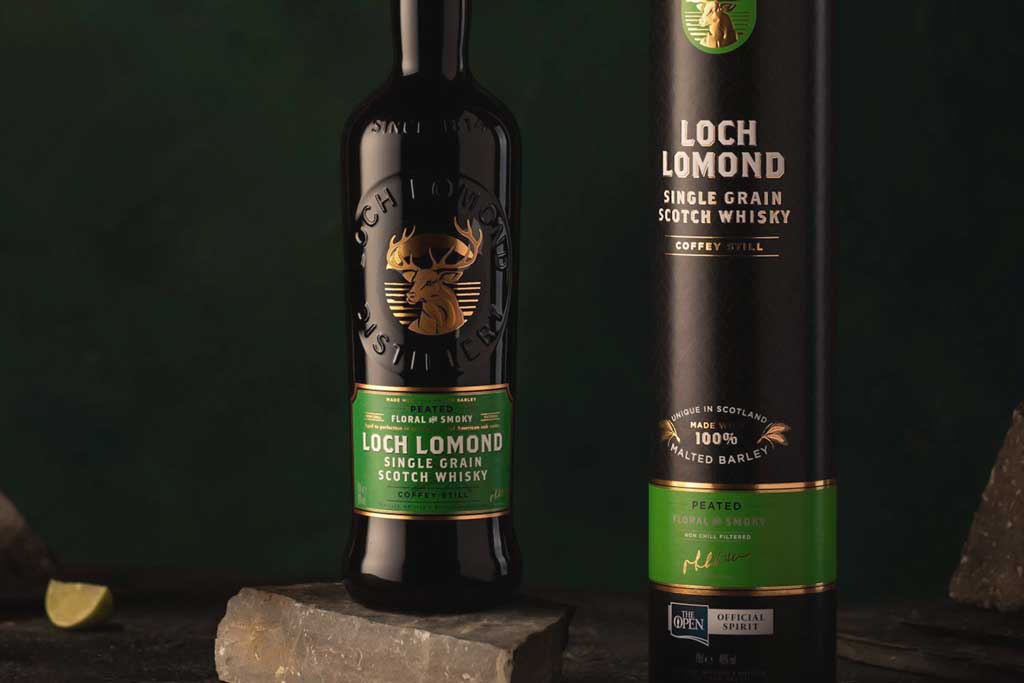
Loch Lomond Peated Single Grain Whisky
For something very unusual, this peated whisky from the Loch Lomond distillery is a very unique specimen amidst the niche category of single grain Scotch. Made from heavily peated 100% malted barley, this single grain is distilled using column stills and then matured in a combination of first and refill American oak ex-bourbon casks.
The resulting whisky has intense aromas of berry jam and oaky vanilla with a dusting of baking spices and fragrant smoke underneath it all. On the palate, it offers sweet notes of lemon blossom and singed heather along with ripe orchard fruits and peaty smoky notes. Without doubt, this whisky offers drinkers an exciting new flavour profile to experience, making it an ideal choice for those looking to venture beyond traditional single malt Scotch whiskies.
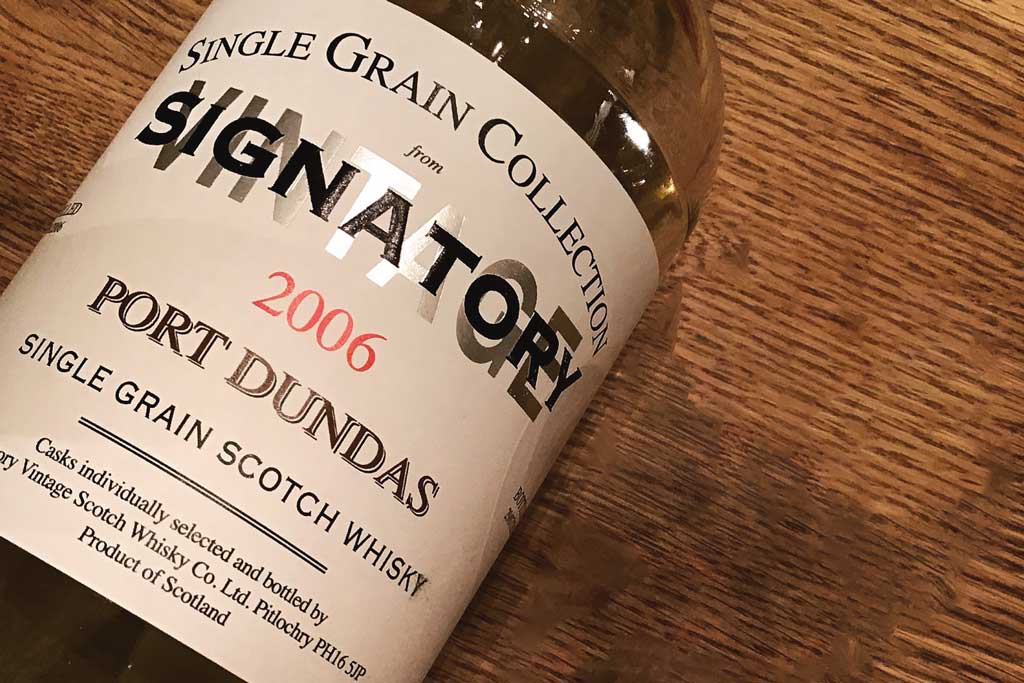
Port Dundas ‘Signatory’ 15 Year Old
Having been aged for 15 years, independent whisky bottlers Signatory bring you this limited bottling from the Port Dundas distillery. On the nose, you can enjoy floral notes, vanilla, raspberry along with a creamy richness reminiscent of crème brûlée. On the palate, one will find buttery oak and toasted sourdough accompanied by sweet strawberry jam and silky honey and vanilla fudge. All these elements come together to create a complex yet smooth flavour that makes this single grain Scotch a memorable pour.

Cambus 25 Year Old
Hailing from the now-closed Cambus Distillery, located in the central lowlands, the Cambus 25 Year Old is a limited bottling, single grain Scotch whisky with a gentle, smooth taste. This expression has been slowly matured over quarter of a century in American oak ex-bourbon barrels delivering a complex aroma of dried fruits such as raisins, apricots and dates. On the palate, there are layers of rich flavours like butterscotch, malt and oak spice that linger on the finish for an enjoyable aftertaste. With only 464 bottle ever produced, this whisky can be enjoyed neat or with a splash of water to bring out more of its flavour nuances.
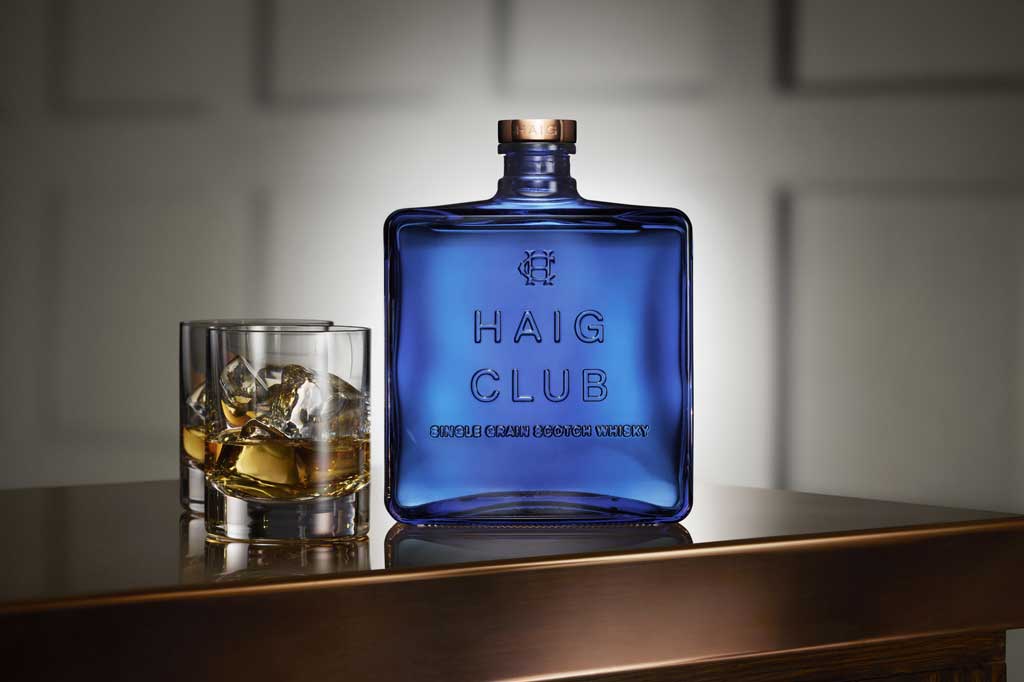
Haig Club Whisky
Endorsed by David Beckham, this modern looking single grain Scotch whisky is made at the Cameronbridge Distillery in Scotland using a mash of 90 percent wheat and 10 percent malted barley. Aged in first-fill, rejuvenated and refill bourbon barrels, this single grain offers a palate of toffee and vanilla with pleasant oak notes for depth alongside fresh banana. It finishes with hints of praline, cinnamon and ginger that balance out its sweetness nicely. Overall, this is an accessible whisky for the masses that boasts plenty of tasty spice and toffee.
FAQ’s about single grain Scotch whisky

Is single grain whisky any good?
Yes, single grain whisky can be a great opportunity to experience the characteristics of rye, wheat, millet, oats or maize for a unique whisky experience. Compared to single malts, single grain whiskies are generally less expensive but offer softer, sweeter flavour profiles which can be easier and more accessible to drink. Although single grain whisky is far less common than blends or single malts, they’re a wonderful niche category of whisky that showcases the flavours of other types of cereal grains.
Can I mix single grain Scotch with other types of spirits
Absolutely. Single grain whiskies tend to have a sweeter, lighter character which lends themselves perfectly for mixing in cocktails with other spirits. Classic mix drinks such as a Rob Roy or an Old Fashioned are prime opportunity for using single grain Scotch.
Is malt whisky better than grain whisky?
Despite it’s reputation, malt whisky is no better or worse than grain whisky. It’s simply a matter of taste preference. Malt whiskies (especially single malts) can be incredibly boisterous, with pungent flavour intensity you may equally love or hate. Comparatively, grain whiskies are generally softer, sweeter and typically easier to drink with less potent esters.
It’s widely thought that single malts are a superior spirit to grain whiskies, but this is largely due to their market prevalence and often higher price tags. Simply put, there are far more single malts available compared to single grains – which often cost more money than the latter.
Due to batch pot distillation and typically lengthier maturation, single malts are generally more costly and therefore have a reputation for being ‘better whisky’ to buy. But this elevated cost is simply due to the more expensive production methods which sadly seems to diminish the value perception of single/grain whiskies.
As listed above, there are some truly great single grain whiskies available, either from bygone distilleries or edgy new brands who’re paving brave new routes with innovative production methods.
Sure, the romance of a single malt whisky can’t be ignored; the very essence of artisanal whisky making in Scotland. But the reality is that alternative grains have always been present in Scotch whisky since the monks began making it here in 1191.
Where are single grain Scotch whiskies made?
In Scotland, single grain whiskies are produced at 8 large ‘multi-plant’ grain whisky distilleries which include;
- Invergordon (Highlands)
- Loch Lomond (Highlands)
- Cameronbridge (Lowlands)
- Strathclyde (Lowlands)
- North British (Lowlands)
- Starlaw (Lowlands)
- Reivers (Lowlands)
- Girvan (Lowlands)



